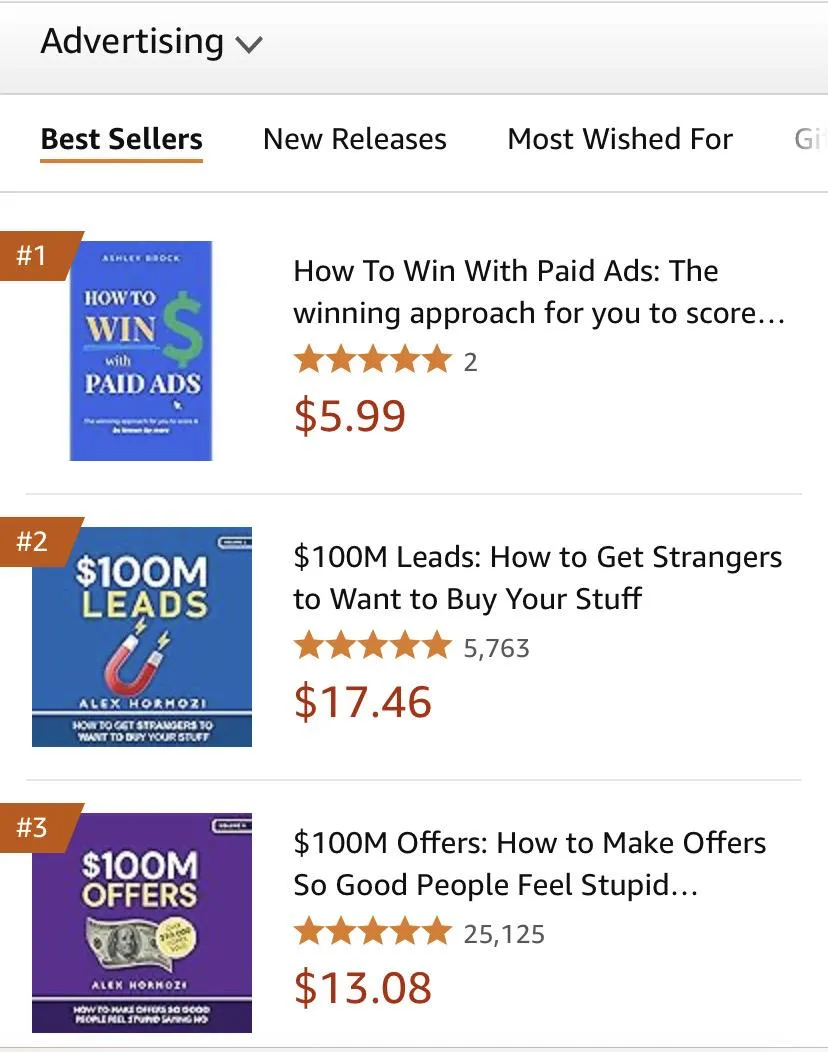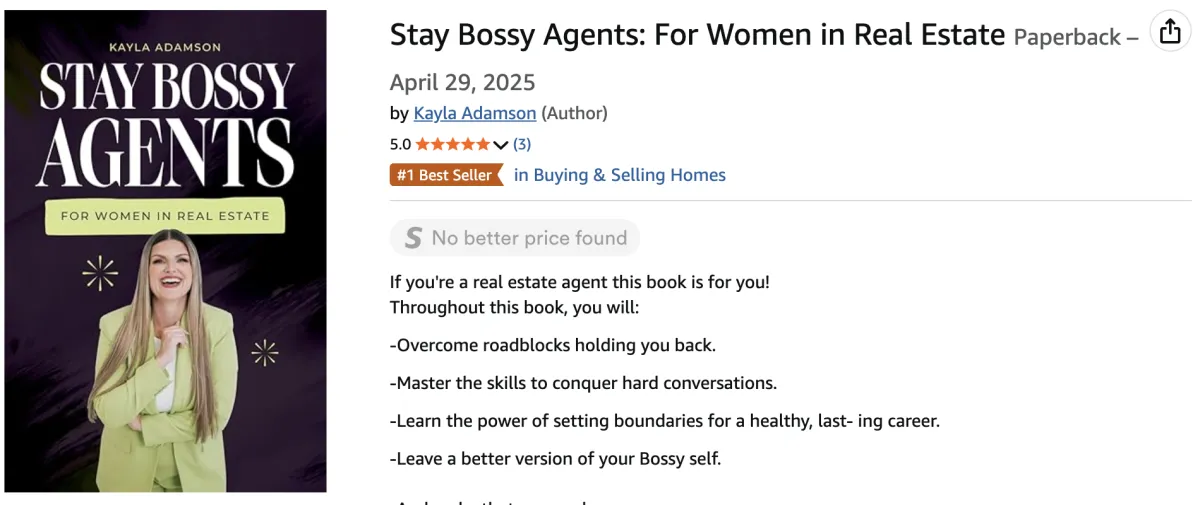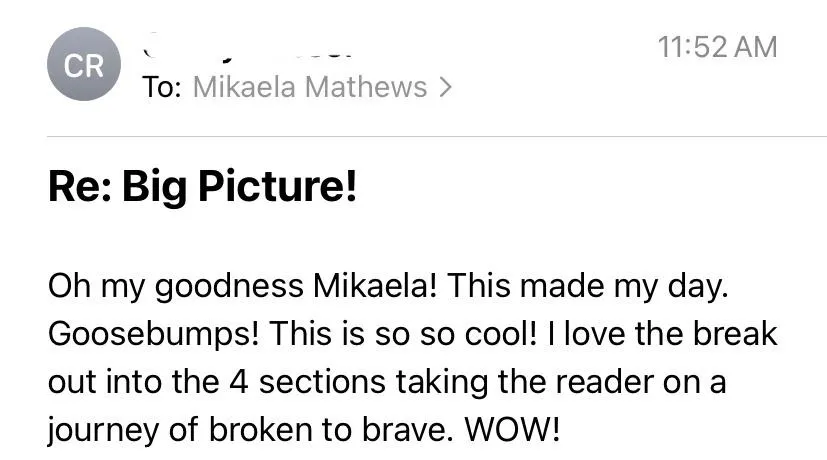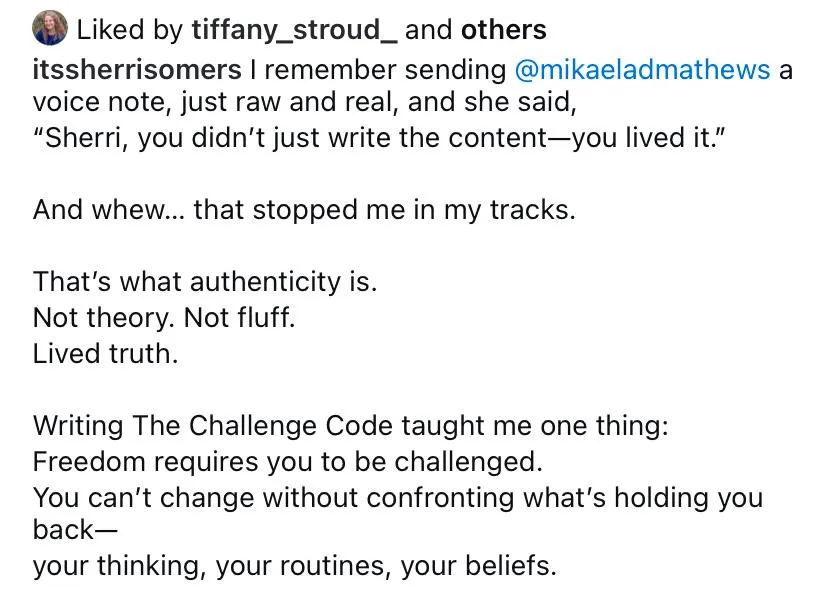

Hey, I'm Mikaela!
I'm a self-publishing coach
& editor who helps
women publish bestsellers
Are you ready
to write a book?
You're in the
right place.
100+ writers coached
10+ bestsellers
12 years editing experience
HOPE*WRITERS Certified coach
Your Peaceful Publishing Path





SELF-PUBLISHING, BUT MAKE IT QUALITY
I WAS AN EDITOR AND SAW TOO MANY PEOPLE BEING SCAMMED.
For over a decade, I've worked with hundreds of writers and helped several become bestselling authors.
I kept seeing the same problem show up: so many of my clients who were trying to self-publish needed the support they didn't have or were getting scammed by large publishing companies.
I wasn't having it.
I assembled an experienced team to help writers like yourself self-publish their own books through coaching and support.
While my team helps with publishing, I coach female writers and entrepreneurs to write better, stronger books—many of which have gone on to hit bestseller charts.
Are you next?
PROVEN RESULTS
"EXACTLY WHAT I NEEDED TO FAST TRACK
MY MESSAGE TO THE WORLD"

There is no one that I would recommend more than Mikaela for writing a book. The way that she helped me with speed, an outline, a map, and accountability was exactly what I needed to fast track getting my message to the world. She helped me do it! And finding someone that has a critical eye, thinks strategically, and understands your message is really challenging but she helped me with ease. And I cannot recommend her enough!
- ASHLEY BROCK, PAID ADS COACH + BESTSELLING AUTHOR
CLICK HERE TO SEE THE BOOKS WE'VE PUBLISHED THIS YEAR

Get your
Bestseller Mapping Method
The method I use to help bestselling authors map out their books.
Learn the clear, step-by-step framework designed to get your ideas out of your head and onto the page so you can actually see what's worth turning into a book.
Get instant access to the Bestseller Mapping Method — free for a limited time.


















READY FOR YOUR NEXT STEP?
Book a free call
We'll discuss what options make the most sense for you and how to get started writing and/or publishing your book!